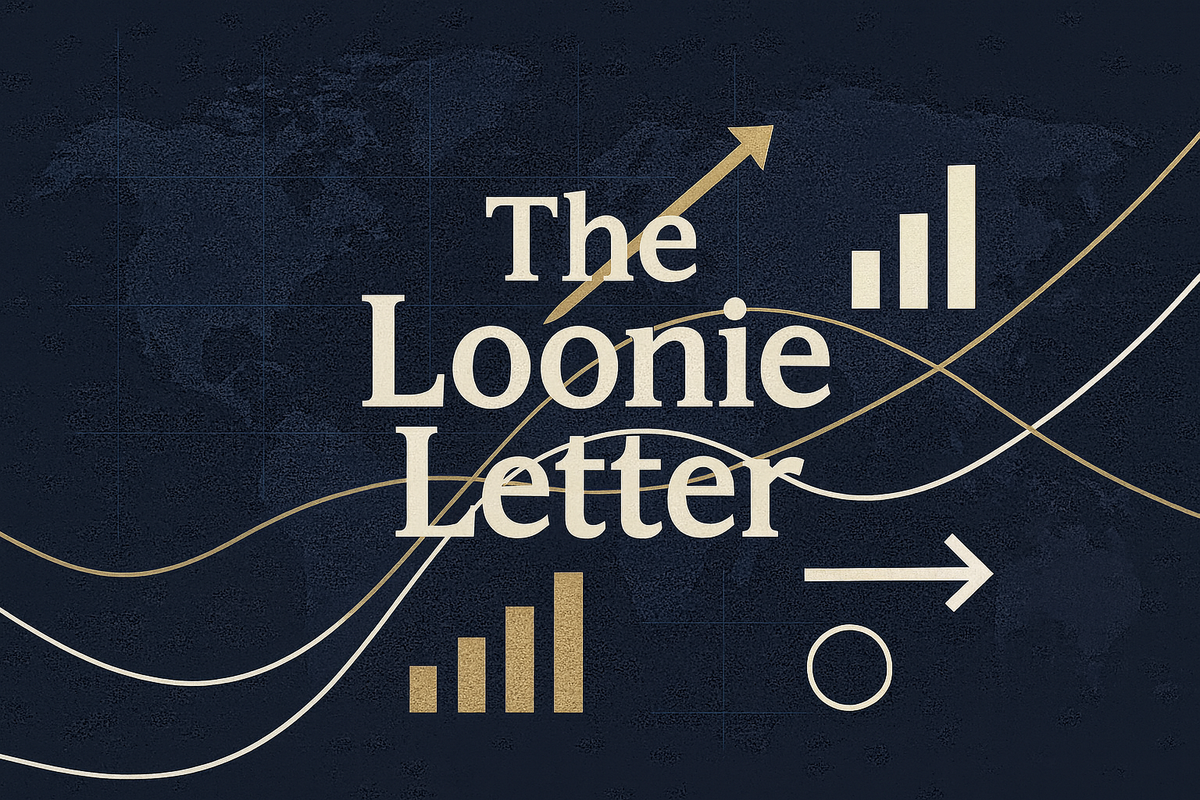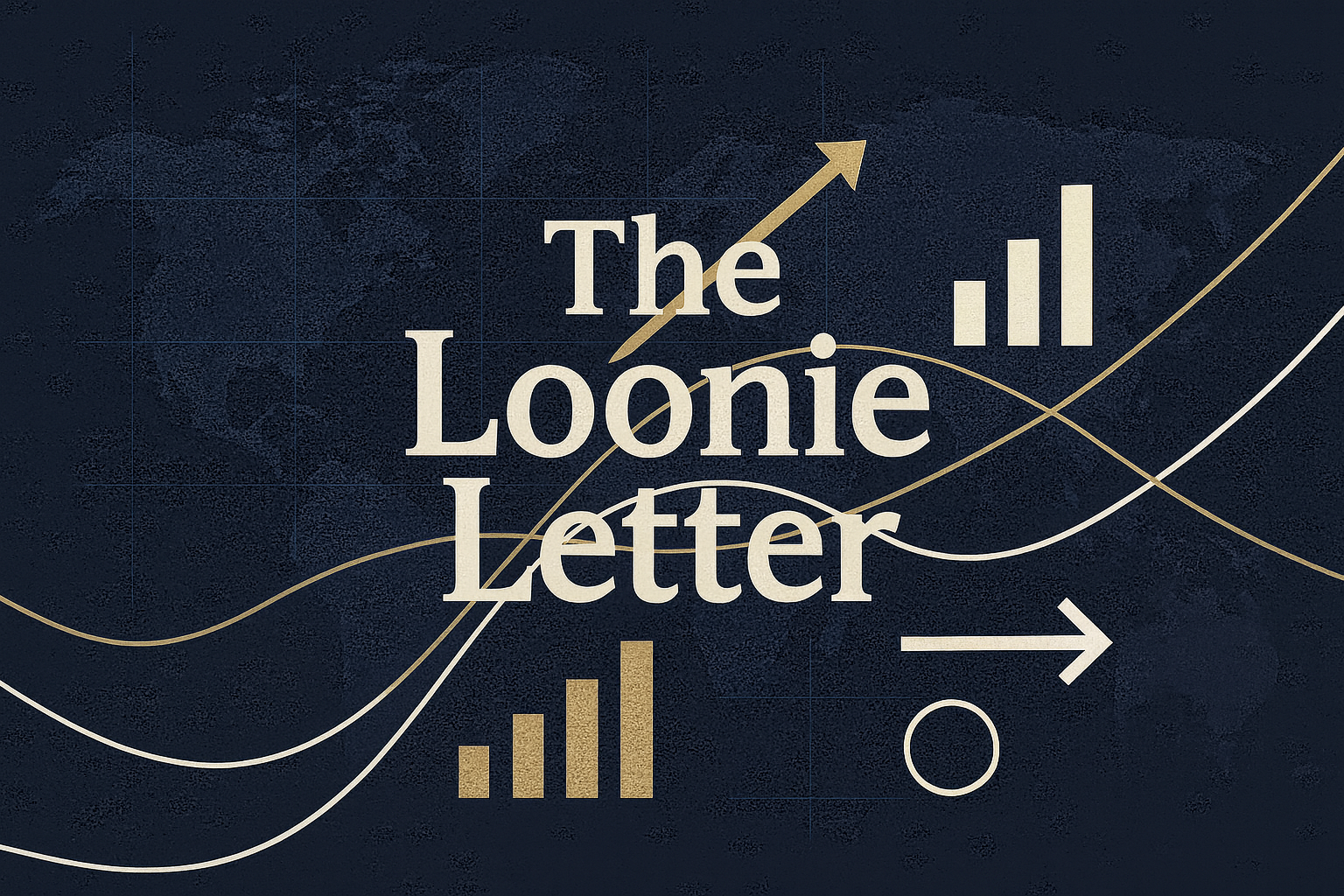Gold Records, Fed Path, Bank Earnings, Chip Risks, AR Boom

As of 2025-10-16, investors face converging forces: a prospective Fed pivot, rising geopolitical frictions, and accelerating platform shifts in tech. Below, we synthesize five market drivers—gold’s record run, inflation signals, U.S. bank earnings, semiconductor China exposure, and the AR opportunity—and outline practical implications.
Global markets—Gold at record highs: drivers and investor implications
Gold set new records in mid-October, trading around $4,100–$4,200 per ounce as markets priced in near-certain rate cuts and sought safety amid U.S.–China tensions and broader geopolitical risks (TradingEconomics; CNBC). Expectations for 25 bp cuts are lowering real yields, a tailwind for non‑yielding assets, while headlines reinforce safe‑haven demand (WSJ). Structural factors—central bank buying and tight physical markets (notably silver)—are also supporting higher price floors (GoldSilver).
Investor takeaways: If your macro view includes Fed easing and elevated geopolitical risk, modest tactical increases in gold can hedge downside elsewhere. Watch for a softer USD and lower real yields accompanying bullion’s upside; conversely, strong labor data or hawkish Fed rhetoric could trigger sharp reversals. Dislocations between spot, futures, and ETFs can widen when physical premiums jump—manage liquidity, execution, and custody choices accordingly (GoldSilver).
Inflation signals narrow the Fed’s path—markets price cuts, but long rates push back
Market-implied inflation remains contained—CPI swaps and breakevens point to moderating near- and medium‑term expectations, reinforcing the case for policy easing (X; moomoo). Yet a Reuters poll suggests the 10‑year yield could stay above 4% over the next year, reflecting term premium, fiscal supply, and sticky inflation—implying a potential curve steepening even if the Fed cuts (Yahoo).
Positioning: Align rate exposure with this divergence. If breakevens and term premium fall alongside dovish Fed guidance, duration and rate‑sensitive assets benefit. If long yields remain anchored high, favor shorter duration and credit strategies resilient to elevated long‑end funding costs, while monitoring geopolitical headlines that can sustain safe‑haven flows (FXEmpire).
Bank earnings momentum—snapshot and investment implications
Large U.S. banks posted upside surprises, powered by dealmaking, trading, and wealth-management inflows. Morgan Stanley reported record quarterly revenue and a strong net‑income lift, while Bank of America delivered a meaningful profit gain (Fortune; Investing). Sector color points to a “capital‑markets flywheel” across fees and trading (SeekingAlpha), with indices firming on release days (TradingEconomics).
Why it matters: Expanding fee income can offset net‑interest‑income volatility if capital‑markets strength persists. Still, policy and trade risks could throttle momentum. Favor diversified franchises with robust wealth/asset management and investment‑banking exposure; track guidance on deal pipelines, trading volumes, and net new assets as early indicators of durability (CNBC).
Semiconductors—China exposure: regulatory and supply‑chain risks
Regulatory scrutiny and supply‑chain constraints are reshaping chip risk premia. China’s regulator opened an inquiry into Qualcomm’s Autotalks acquisition for approval lapses—important given Qualcomm’s sizable China revenue share (Yahoo). ASML cited inventory buffers against immediate disruption from China’s new rare‑earth export controls but acknowledged multi‑quarter uncertainty (TomsHardware; ASML). Foundries and regional suppliers face volatility as controls and countermeasures evolve (SimplyWallSt; AInvest).
Portfolio actions: Re‑model revenue concentration to China and stress test 20–50% downside scenarios; raise diligence on approval/“gun‑jumping” risks and local licensing; map rare‑earth and China‑origin content exposure and substitution paths. Tilt toward diversified end‑markets and onshore optionality; use position sizing and hedges on highly exposed names until regulatory clarity improves.
Augmented reality surge—market signals and investor implications
AR/VR in education shows rapid growth potential: projections range from ~$2.4B in 2024 to ~$22.5B by 2030 (CAGR ~41%) and broader VR‑in‑education scenarios reaching ~$85B by 2029 (StrategicMarketResearch; TBRC). Supply‑side catalysts include device/platform pushes from Meta and Amazon, and WebXR support expanding distribution (Reuters; Reuters; TechCrunch).
Commercial signals are emerging via institutional deployments and partnerships (e.g., zSpace STEM labs), suggesting early revenue inflection points as content and curriculum integrate with hardware and analytics (zSpace; InvestorsHangout). For investors, emphasize selectivity (proven deployments, distribution), software/content moats over commoditizing hardware, and monitoring of procurement cycles, shipment/pricing trends, and ecosystem partnerships.
Conclusion
Across these themes, the common threads are policy path uncertainty, geopolitical risk, and platform transitions. Position for asymmetric outcomes: combine selective risk‑on exposure (banks, AR platforms with clear adoption) with hedges/defensives (gold) while managing duration amid a potentially steepening curve. Near term, focus on Fed communications, U.S.–China trade/tech headlines, physical market liquidity in metals, bank guidance on pipelines/flows, and regulatory updates across semis. Stay nimble on sizing and liquidity as macro and policy catalysts evolve.

